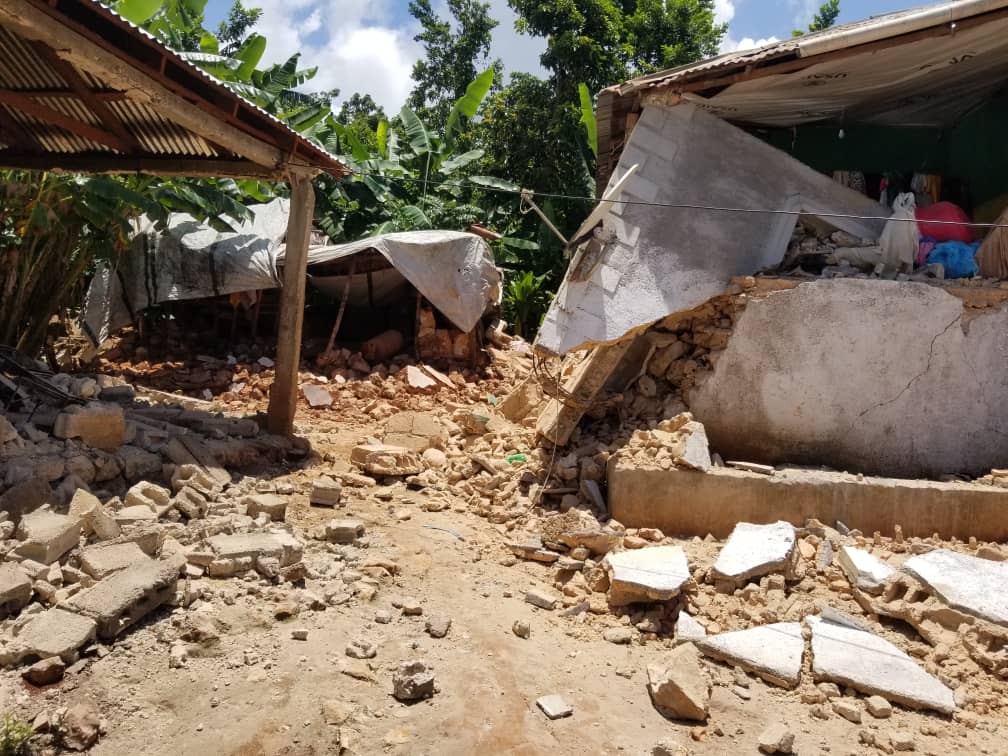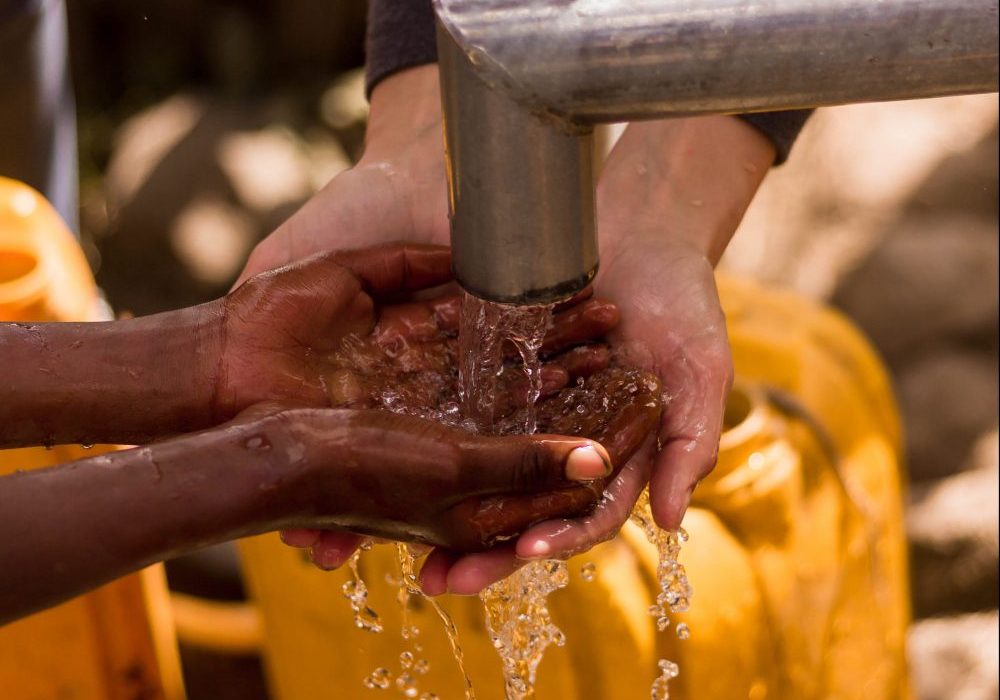

On April 3, 2024, a 7.4-magnitude earthquake struck just southwest of Hualien City, Taiwan, shortly before 8 a.m. local time, damaging homes, businesses, schools, and communication and transportation infrastructure.
Key facts
- Since the April 3 earthquake, Taiwan has been hit by hundreds of aftershocks, ranging from small to more than 6.0 in size. This included 700 aftershocks within 24 hours and 1,300 by May 10.
- At least 18 people died, and more than 1,100 were injured. Two people remain missing.
- Due to Taiwan’s investment in early warning sign systems and earthquake preparedness systems, the earthquake had relatively little impact on most of the island’s 23 million residents. Strict building codes and regulations, widespread public education, robust emergency preparedness measures and response protocols also reduced the impact.
- In early April, the National Land Management Agency reported 848 cases of damaged structures in Hualien, Taipei, New Taipei and Taoyuan. Landslides and rockfalls buried several mountainous roads, but major infrastructure did not suffer critical damage.
(The Taiwan Ministry of National Defense conducts search and rescue missions after the earthquake, April 5, 2024. Photo credit: Ministry of National Defense via X)
Earthquakes in Taiwan
- Every year, Taiwan experiences more than 2,000 small earthquakes, although only a fraction of them are noticeable to humans. At least 36 active geological fault lines run underneath the island. Its’ east coast is especially vulnerable to earthquakes because it sits on some of the most significant fault lines.
- Earthquakes are among the most devastating natural hazards and can cause tsunamis, landslides, or even nuclear meltdowns and fires.
- The April 3rd earthquake was the strongest to hit Taiwan in 25 years since the devastating 1999 7.7 magnitude earthquake, which killed 2,400 and injured some 10,000. Following that earthquake and public demand for better disaster preparedness and response efforts, Taiwan invested heavily in stricter building codes and regulations, specialized earthquake technology and educational public campaigns.
The Taiwan government does a great job supporting the needs of disaster-affected communities and individuals. While external philanthropy is important, the need is not as high as it is in low—and middle-income communities.
Physical and mental health
Ensuring the continuity of health care in disaster-affected areas is critical, given the damage to buildings and the challenges with access because of damage to some roads. Immediately following the earthquake, Taiwan’s Ministry of Health and Welfare exempted 403 Hualien earthquake survivors from insurance premium fees for six months and provided additional subsidies.
Survivors of earthquakes often deal with lasting trauma, and the need for mental health and psychosocial support services increases. A study analyzed post-traumatic stress disorder (PTSD) among children and adolescents after earthquakes and floods and suggests that rapid screening tests and continuous observation are needed for children and adolescents after disasters.
Economic impacts
Expert analysis says the earthquake’s overall economic effect will be minimal. However, the tourism industry was expected to lose as much as $165 million. Government subsidies have reduced the losses and are helping repair the city and revive tourism.
The Ministry of Agriculture estimated damages to be around $2.53 million, mostly coming from the fishing and livestock industry in Hualien County.
The Ministry of Education reported damages to 434 schools, totaling $14.66 million.

CDP has a Global Recovery Fund that provides an opportunity for donors to meet the long-term recovery needs of Taiwan’s earthquake survivors. While CDP is no longer accepting donations for Taiwan, donors can continue supporting the needs of individuals worldwide affected by disasters through the Global Recovery Fund.
Contact CDP
Philanthropic contributions
If you have questions about donating to the CDP Global Recovery Fund, need help with your disaster-giving strategy or want to share how you’re responding to this disaster, please contact development.
(Photo: The Taiwan Ministry of National Defense conducts search and rescue missions after the earthquake, April 5, 2024. Credit: Ministry of National Defense via X)
Recovery updates
If you are a responding NGO, please send updates on how you are working on recovery from this disaster to Tanya Gulliver-Garcia.
We welcome the republication of our content. Please credit the Center for Disaster Philanthropy.
More ways to help
As with most disasters, CDP and other disaster experts recommend cash donations, which enable on-the-ground agencies to direct funds to the greatest area of need, support economic recovery and ensure donation management does not detract from disaster recovery needs.
Fund resources

Earthquakes
Striking without warning, earthquakes often are among the most devastating disasters. Caused by the movement of plates along fault lines on the earth’s surface, earthquakes often leave a monumental path of instant death and destruction.

Critical Infrastructure and Systems
Critical Infrastructure and Systems (CIS) are the structures people rely on to perform their everyday tasks. They are what keep people, goods and information moving around the world while also keeping people safe and healthy.

Water, Sanitation and Hygiene (WASH)
Water is one of the most necessary elements for life, yet according to the World Health Organization/UNICEF, 2.1 billion people lack access to safely managed drinking water. In addition, 4.5 billion people lack safely-managed sanitation facilities. Water, sanitation and hygiene (WASH) principles are of tremendous concern in everyday life, but can be heightened during an emergency or disaster.